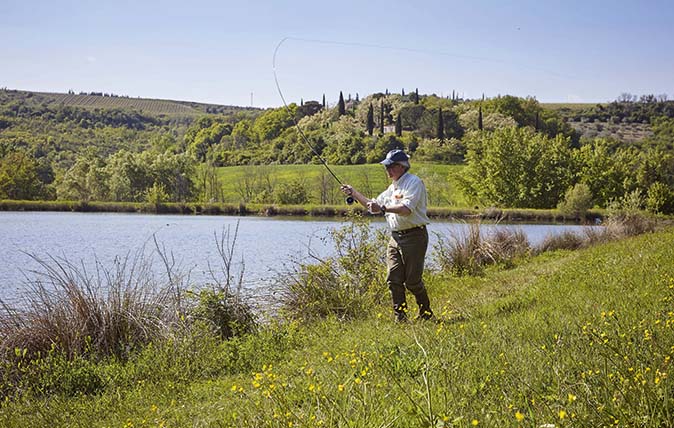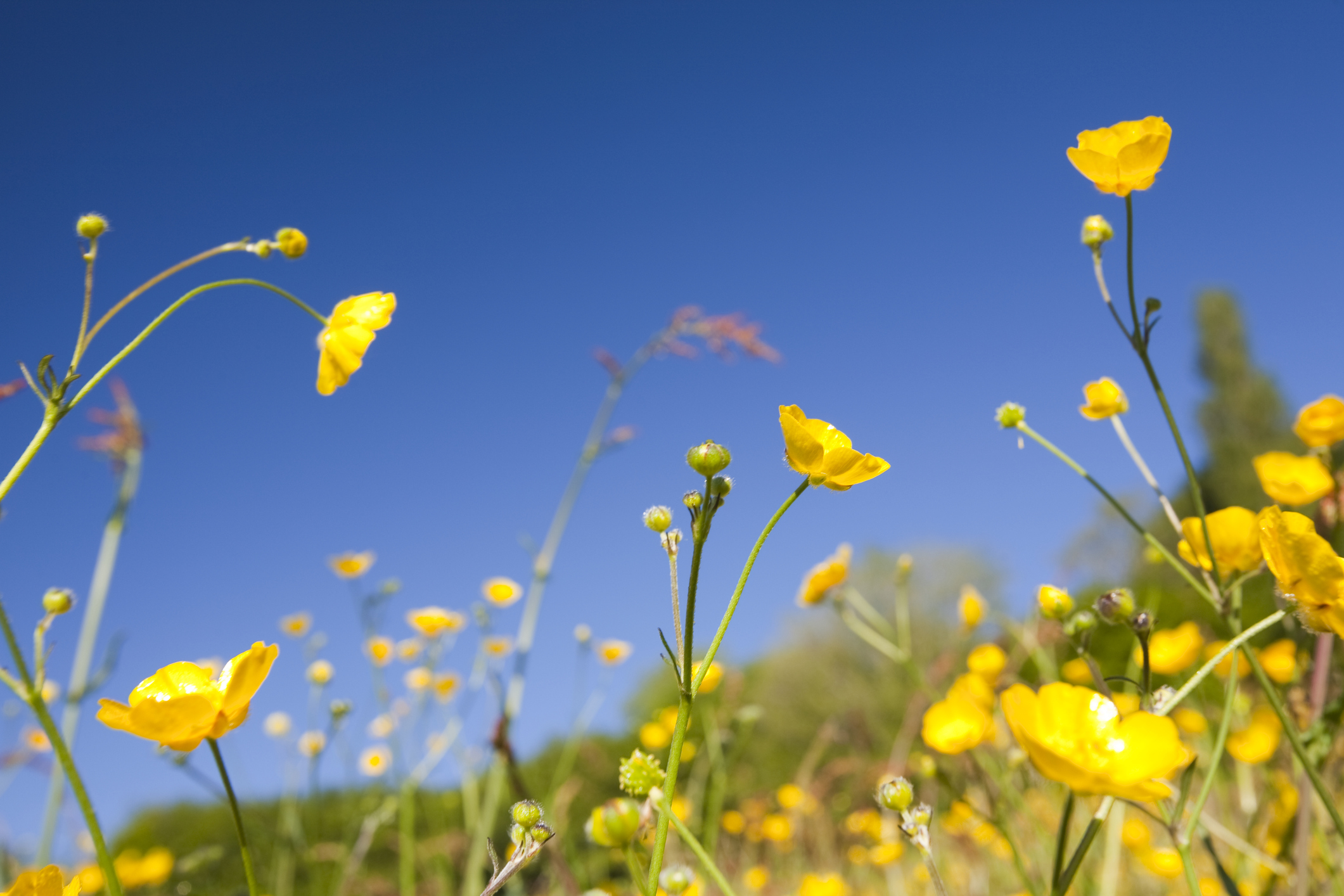How to go on a butterfly safari
How to go on a butterfly safari
![Common blue butterfly [Polyommatus icarus] perched on a piece of pink heather.](https://cdn.mos.cms.futurecdn.net/HnQ59Z4RzWE8WLUJqGx94R.jpg)
For anybody contemplating a butterfly safari, there are many things to consider, time, the weather, distance and who might be able to accompany you to confirm that the claimed butterflies have been seen.
By far the most tricky of these is time, in as much as knowing when the butterflies are going to appear (or not), which is totally unpredictable, unless you are a butterfly.
On my safari, the first butterfly seen flying wild was a small tortoiseshell on January 7, which made me wonder why it wasn’t hibernating and if butterflies dream. The last butterfly I saw was a Scotch argus at Arnside Knott in the Lake District on August 14. However, every effort must be made to be ready until mid November, in case any unexpected vagrants arrive.
Not being able to accurately predict the weather can make your endeavours a race against time, rain and wind, as when we rushed to near Whipsnade Zoo, near Dunstable in Bedfordshire, in the hope of spotting a Duke of Burgundy fritillary. Intriguingly, it is, in fact, not a fritillary — it only looks like one. There are eight real fritillaries. The Duke’s food plants are primroses and cowslips; the leaves of the latter were so huge at the spot where we glimpsed this beautiful creature that they made my homegrown cowslips appear quite stunted.
"The most important factor is an ability to count. My first effort at totting up was pathetic"
I encountered another race against the elements in pursuit of a chequered skipper butterfly, not the excellent pub of that name in Northamptonshire, once owned by Miriam Rothschild. Unfortunately, Miriam’s efforts to reintroduce this butterfly to her home failed, leaving a few very small colonies near Fort William as Britain’s only viable populations. For me, this meant a 458-mile rush northwards on May 24, but it paid off. If only the insect could be as numerous as the campervans in the Fort William area, the future of the pub would be more secure. Nonetheless, not only did I see the butterfly, I also found a lost dog, an attractive little terrier called Patch, that had been missing for a week.
I took a short swerve to see swallowtails at Hickling Broad in Norfolk, followed by a hair-raising race against advancing rain to the Isle of Wight, where I arrived just in time, on June 5, to see a small blue — not flying, but climbing up a tall grass stem, soaked in heavy drizzle — which was very lucky.
To confirm seeing a butterfly, the only rule is that it has to be alive, but having companions on board to confirm sightings is vital. One verifier, Sarah — who was good company, but had appalling taste in music — often wore brilliant blue eye make-up, which I’m convinced attracted several ‘blue’ butterflies. Fred Fieldgate, once author of a fine country column in a Wiltshire newspaper, was another great help. He knew all the right people at Porton Down, Dorset, a fantastic butterfly wilderness.
Exquisite houses, the beauty of Nature, and how to get the most from your life, straight to your inbox.
For those who relish a challenge, note that the main difference between a pearl-bordered fritillary and a small pearl-bordered fritillary is that the former’s wings are an eighth of an inch larger than those of the latter, so it’s wise to carry a ruler with Imperial measurements.
However, the most important factor is an ability to count. My first effort at totting up was pathetic — 58. I had overlooked the small, but perfectly formed small heath, which brought the number up to an incredible 59.
Read more of Robin Page's butterfly safari reminiscences here. The author’s book, ‘The Great British Butterfly Safari’, is available to buy for £25 — including postage and packaging, together with a complimentary butterfly wall chart — by sending a cheque made payable to Robin Page at Bird’s Farm, 2, Haslingfield Road, Barton, Cambridgeshire, CB23 7AG

A flying start in Florence: Where to enjoy an angling safari in Tuscany
All manner of wildlife, from Sardinian warblers to glossy ibis and blue catfish, abounds on The Prof’s avifauna and angling

Rage against the buttercups: How to wage war on the weeds in your garden
Charles Quest-Ritson loves plants — but in his garden, he only wants the ones he chooses.